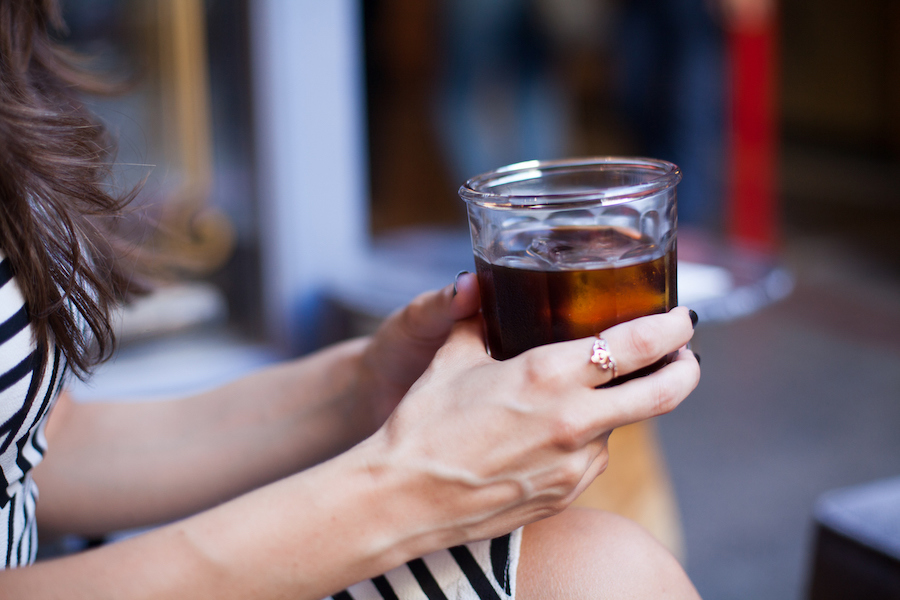“Two bits, four bits, six bits a dollar, all for safe food, stand up and holler!”
Back to school may mean back to sports for children and back to the concession stand for parents.
Have you ever looked around a concession stand? If not, take a minute to stand back and take stock. You might be a little grossed out.
You are likely to see dirty utensils left in the sink, refrigerators that feel too warm, dirty, smelly towels, dishcloths with bits of food stuck to them and sponges that have been there since you graduated.
Concession stands can be breeding grounds for bacteria, and some bacteria can make people sick if they get into the food we eat.
When it’s your turn to work in the concession stand, “stand up and holler” for safe food. To help you and your team enhance the safety of the foods you sell, consider preparing your own take-along concession stand kit.
These are the essentials:
- Dishwashing liquid: The bottle in the stand is sometimes missing or empty, and you’ll need this to clean utensils, equipment or even to wash hands when there is no hand soap.
- Roll of paper towels: Use these towels for washing and drying equipment and utensils, cleaning countertops and drying hands. Sponges, dishcloths and brushes left from week to week can harbor and spread bacteria.
- Homemade sanitizing solution: Prepare a sanitizing solution using a tablespoon of chlorine bleach per gallon of water. Some can be placed in a spray bottle to sanitize countertops and equipment after they have been washed with soap and hot water and rinsed thoroughly. You can also use the solution in a clean dishpan or sink to sanitize items after they are washed and rinsed thoroughly. Place the items in the solution for at least one minute and then allow them to air dry on a clean surface. When you sanitize, you go one step beyond clean. You reduce the levels of bacteria that may be left behind after cleaning.
Here are a few other suggestions from University of Georgia Extension food safety specialists:
- Donate a refrigerator/freezer thermometer. Make sure refrigerators keep foods at least 40 degrees Fahrenheit or colder, and that freezer temperatures are 0 degrees or colder.
- Include a box of disposable gloves, food tissue paper and/or tongs so you can avoid contact with ready-to-eat foods.
- Keep in mind that gloves are meant to protect the food – not your hands.
- If you collect money and give change with your gloves on, wash your hands and put on a new pair of gloves before returning to food preparation and handling.
- Gloves and hand sanitizer should not be a substitute for handwashing. These are meant to offer extra protection.
- Did you know that people can shed viruses from their bodies before they show signs of illness and for a few days after their symptoms have cleared? That means you need to be extra careful when preparing food for others.
- Always wash your hands for at least 20 seconds with warm, running water and soap. Pay special attention to cleaning around fingernails and in between fingers before handling food.
- And food safety doesn’t stop with the food. Always make sure the ice scoop is kept in a clean place outside the ice bin – not inside where germs on the handle can come in contact with the ice.
- Wash the ice scoop just like any other utensil at the end of your shift. Always leave the concession stand cleaner than you found it.
- If you need to thaw foods, the only safe methods are to move them into the refrigerator ahead of time; thaw them in cold water and change the water every 30 minutes; or thaw them in the microwave followed by immediate cooking.
- If your duties include grilling burgers, carry along a food thermometer. Make sure ground beef reaches at least 160 degrees in the center of the burger and ground turkey reaches at least 165 degrees in the center. Remember, color is not a reliable indicator of doneness.
- Some foods must have time and temperature controlled to be safe. Make sure hot foods are kept hot for serving and cold foods are kept cold.
- Keep these foods out of the temperature danger zone between 40 and 140 degrees. Keep hot foods at 140 degrees or hotter and cold foods at 40 degrees or colder. If these foods sit out at room temperature for more than two hours, discard them.
- Remember, when in doubt, throw it out.
For additional information on this and other food safety topics, contact your local UGA Extension office at 1-800-ASK-UGA1. For posters you can print and hang in your school’s concession stand and other food safety resources, visit the UGA College of Family and Consumer Sciences website at http://tinyurl.com/UGAfoodsafe.
Dr. Judy Harrison is a professor and UGA Extension foods specialist with the College of Family and Consumer Sciences department of foods and nutrition.







